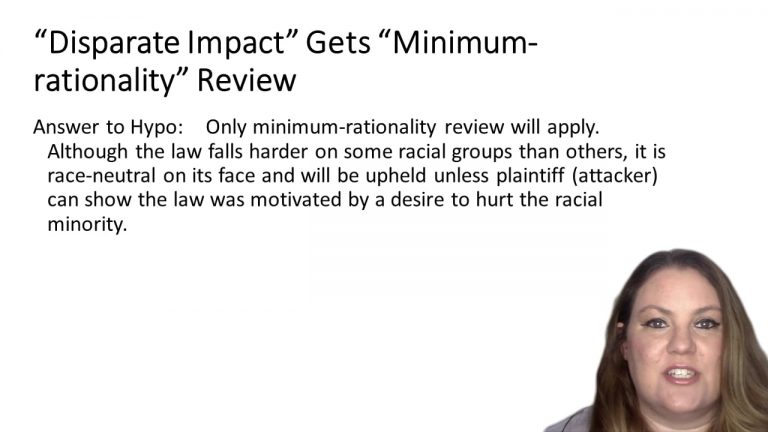SmartBrief
Confirm favorite deletion?
Constitutional Law Keyed to Rotunda
Skinner v. Oklahoma ex rel. Williamson
Citation:
316 U.S. 535 (1942)Facts
Oklahoma deprives certain individuals of a right which is basic to the perpetuation of a race – the right to have offspring. Oklahoma has decreed the enforcement of its law against petitioner, overruling his claim that it violated the Fourteenth Amendment. The Oklahoma statute defines a habitual criminal as a person who, having been convicted two or more times for crimes amounting to felonies involving moral turpitude. If the state court finds that the defendant is an habitual criminal and that he may be rendered sexually sterile without detriment to his general health, then the court shall render judgment to the effect that the defendant be made sexually sterile by the operation.
Only StudyBuddy Pro offers the complete Case Brief Anatomy*
Access the most important case brief elements for optimal case understanding.
*Case Brief Anatomy includes: Brief Prologue, Complete Case Brief, Brief Epilogue
- The Brief Prologue provides necessary case brief introductory information and includes:
Topic:
Identifies the topic of law and where this case fits within your course outline.Parties:
Identifies the cast of characters involved in the case.Procedural Posture & History:
Shares the case history with how lower courts have ruled on the matter.Case Key Terms, Acts, Doctrines, etc.:
A case specific Legal Term Dictionary.Case Doctrines, Acts, Statutes, Amendments and Treatises:
Identifies and Defines Legal Authority used in this case.
- The Case Brief is the complete case summarized and authored in the traditional Law School I.R.A.C. format. The Pro case brief includes:
Brief Facts:
A Synopsis of the Facts of the case.Rule of Law:
Identifies the Legal Principle the Court used in deciding the case.Facts:
What are the factual circumstances that gave rise to the civil or criminal case? What is the relationship of the Parties that are involved in the case.Issue(s):
Lists the Questions of Law that are raised by the Facts of the case.Holding:
Shares the Court's answer to the legal questions raised in the issue.Concurring / Dissenting Opinions:
Includes valuable concurring or dissenting opinions and their key points.Reasoning and Analysis:
Identifies the chain of argument(s) which led the judges to rule as they did.
- The Brief Prologue closes the case brief with important forward-looking discussion and includes:
Policy:
Identifies the Policy if any that has been established by the case.Court Direction:
Shares where the Court went from here for this case.
Topic Resources
Topic Outline
Topic Refresher Course

 5m 39s
5m 39s